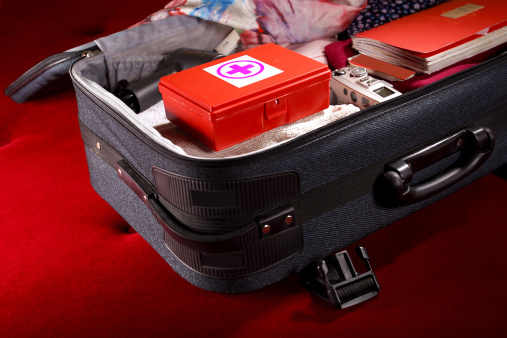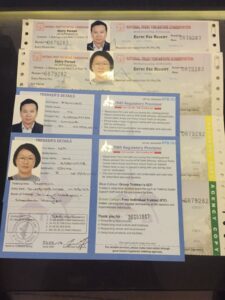Trekking in Nepal is an excellent memory. The journey to the highest point on Earth can be difficult, but it’s a challenge that many daring tourists enjoy. As you prepare for your trip to Everest, make sure you pack wisely so that your journey is as comfortable and pleasurable as possible. Here are some items you should consider packing for your Everest trek:
Trekking Clothes in Nepal:
Pack clothes that are comfortable, breathable, and moisture-wicking. You’ll need a few layers, including a base layer, insulation layer, and waterproof outer layer. Some specific clothing items to pack include:
- Base layer: Thermal tops and bottoms
- Mid-layer: Fleece jacket or sweater
- Outer layer: Waterproof jacket and pants
- Trekking pants
- Hiking boots
- Trekking socks
- Warm hat and gloves
- Sunglasses
- Sun hat or cap
Sleeping gear:
A sleeping bag is always a good idea, especially if you have a cold sleeper, even though most hotels along the trek provide blankets.
Toiletries:
Don’t forget to pack toiletries such as toothbrushes, toothpaste, soap, shampoo, and towel.
First aid kit:
A first aid kit is essential for any trek, especially at high altitudes. Some items to include in your first aid kit are:

- Diamox (for altitude sickness)
- Ibuprofen (for headaches and body aches)
- Imodium (for diarrhea)
- Band-Aids
- Blister pads
- Antiseptic cream
Electronic gear:
You’ll need a few electronic items to keep yourself entertained and connected during your trek. Some of the items you may want to consider packing include:
- Camera
- Extra camera batteries and memory cards
- Portable charger
- Headlamp or flashlight
Insect Repellent:
Insect repellent is an essential item to pack when trekking in Nepal, as it will help protect you from mosquito and other insect bites that can transmit diseases like malaria and dengue fever. Here are some tips for choosing and using insect repellent:
- contains DEET or picaridin.
- concentration of at least 20-30% DEET or 20% picaridin.
- Apply the repellent to all exposed skin, including your face and neck.
- Reapply the repellent every 4-6 hours, or as directed on the label.
- If you are also using sunscreen, apply the sunscreen first, wait for it to dry, and then apply the insect repellent.
Miscellaneous:
There are a few other items you may want to pack, such as:
- Water bottle or hydration bladder
- Snacks
- Trekking poles
- Maps and guidebook
- Money (Nepali rupees and USD)
- Passport and necessary documents
Remember that you’ll need to carry everything in a backpack, so keep your packing list minimal and focus on essentials only.
Note: In addition to the items suggested above, there are a few other things you must take while trekking in Nepal which is the most essential. Some of them are:
Trekking permits:
Depending on where you plan to trek, trekking permits may be required.

These permits are often obtained through a local trekking agency and must be displayed at numerous checkpoints throughout your journey.
Cash on hand:
While most hotels and tea houses along famous hiking routes accept credit cards, having some cash on hand in case of emergencies or little purchases is usually a smart idea.
Insurance:
It is strongly advised that you acquire travel insurance before embarking on a trek in Nepal. This will cover you in the event of a medical emergency, evacuation, or trip cancellation.
Portable water filters or purification tablets:
Without treatment, drinking water along Nepal’s trekking trails is frequently unsafe. A portable water filter or purification tablets can assist you to have safe drinking water during your journey. Trekking can be physically hard, so you’ll need to refuel frequently to keep your energy levels up. Energy bars or snacks can provide a quick and easy boost when you need it.
Trekking equipment rental:
If you don’t want to invest in pricey trekking equipment, you can always rent it in Nepal from local shops or trekking agencies. Sleeping bags, down jackets, and trekking poles are examples of such equipment.
Trekking guides and porters:
If you’re planning a trek that will take you to high altitudes or over challenging terrain, you should consider hiring a trekking guide or porter.
Conclusion:
Furthermore, Nepal has a variety of destinations with distinct climates and activities, so pack accordingly for each trip. If you have specific items that you want to keep for yourself, you can do so, but check your flight luggage before bringing up a lot of things. Additionally, to ensure a safe and enjoyable trip, check the weather and research the cultural customs of the places you plan to visit. You’ll be able to fully experience all that Nepal has to offer if you pack wisely and stay prepared.
For more information visit nepalalibabatrek.com
